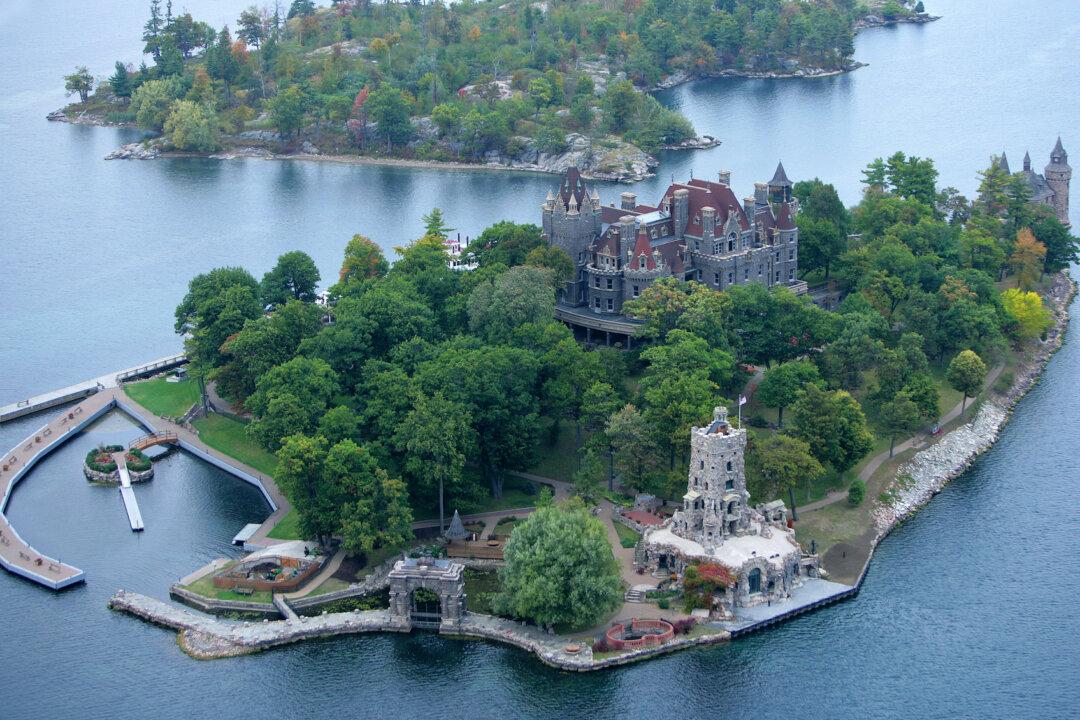Castles on an island are not what one may think of when visiting New York—unless, of course, they’re in some kind of Broadway production. But in order to see some actual castles, one may have to travel more than 300 miles northwest from the island of Manhattan to the Thousand Islands in upstate New York.
An archipelago of about 1,864 islands, 1000 Islands (pronounced “thousand islands”), is located in Jefferson and St. Lawrence Counties in the United States and Ontario in Canada. A bridge by the same name connects the two countries from Wellesley Island to Hill Island, respectively. President Franklin D. Roosevelt and Prime Minister Mackenzie King formally opened this bridge in 1938.





